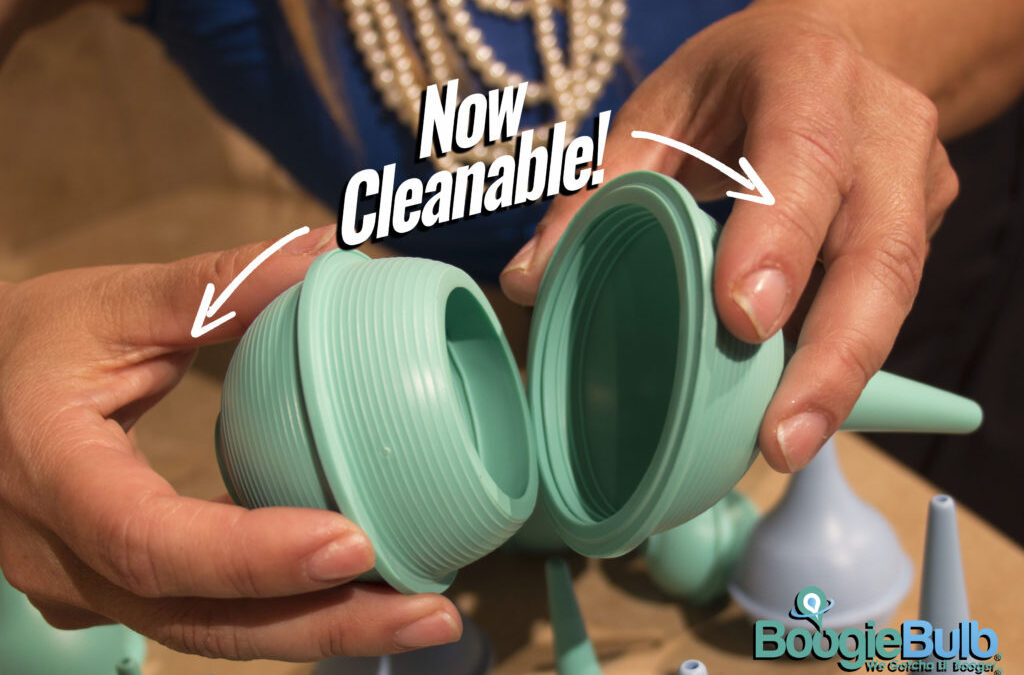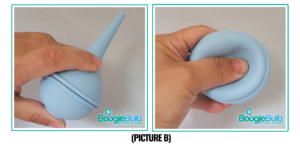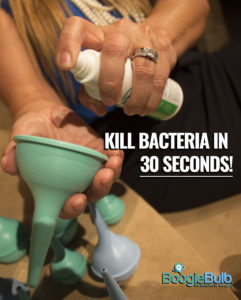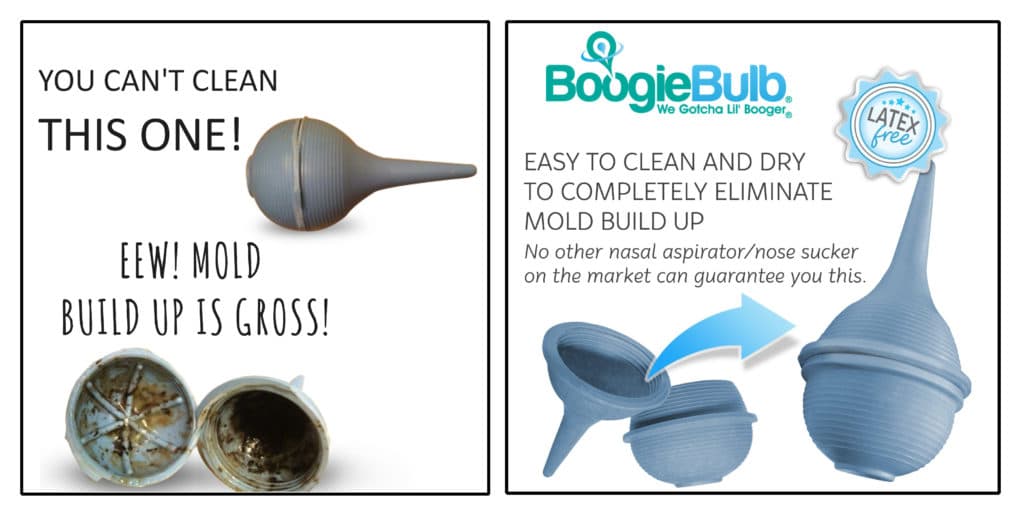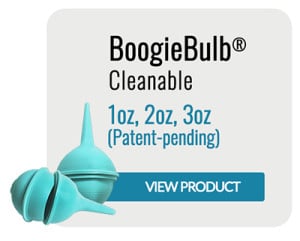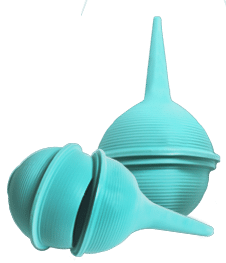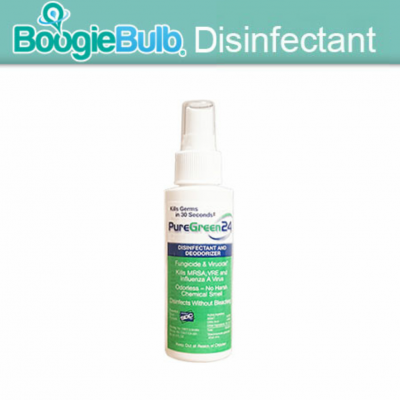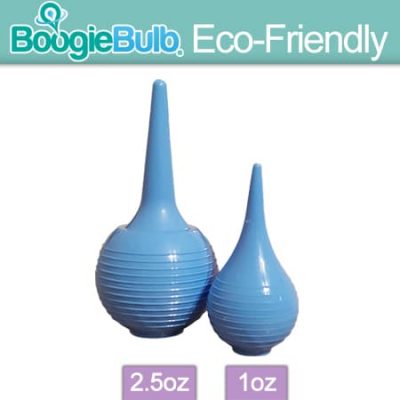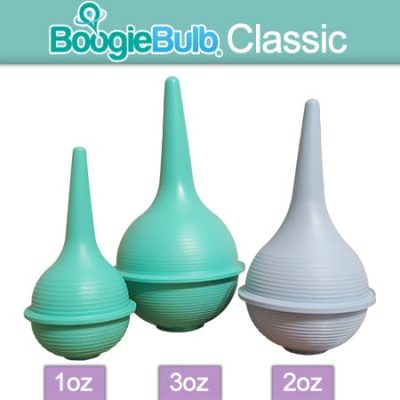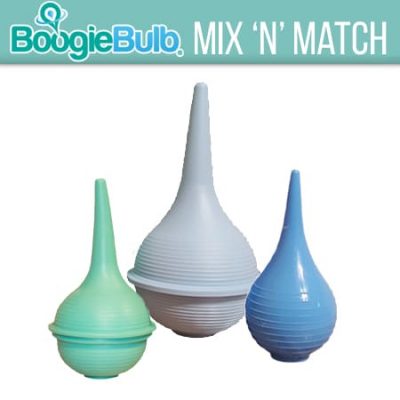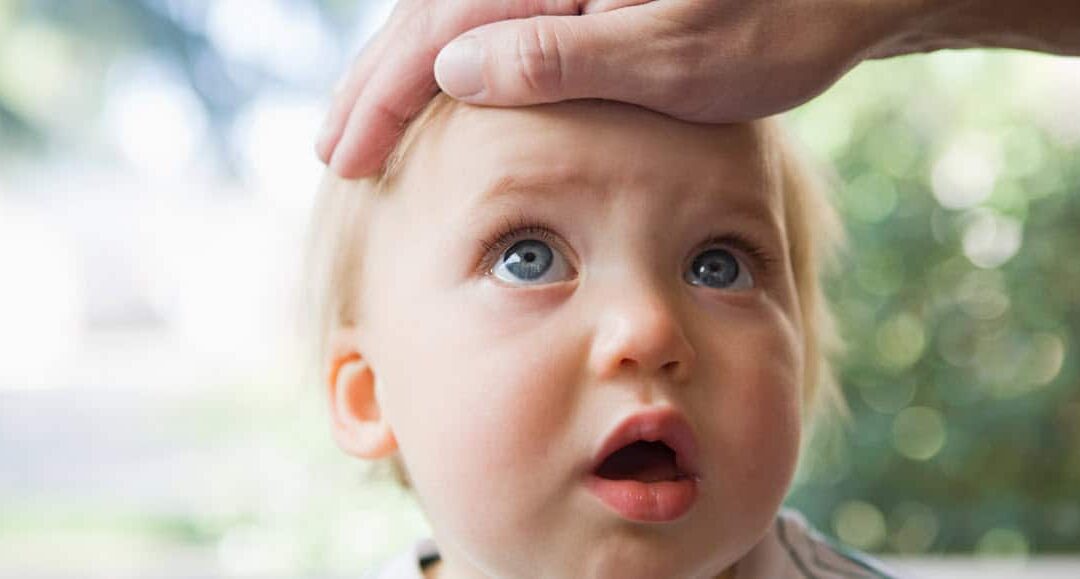
Newborn Infant Has A Stuffy Nose? 5 Common Flu Symptoms & How To Treat Them
Every year when September rolls around seasons begin to change, days become shorter, and nights become cooler. The hot humid warmth of summer gives way to a cool rainy season that can bring with it plenty of sickness and sniffles. As moms everywhere know, these sniffles and coughs are not reserved for just big people, but also affect the newborns, infants and toddlers in our lives. This is also the time of year when flu season begins to kick into high gear. Typically flu strikes our little ones because their immune system is still feeble and not equipped to fight the virus. While we can’t bend the weather and change the seasons, we are able to protect our babies from flu.
Exactly what does “FLU” mean? Flu as defined in the dictionary, is a shorter version of the word “influenza” which specifically references the influenza virus. It is an infectious disease which is commonly spread through the air from coughs or sneezes. Flu can be passed on to others around us if they touch a surface infected by the virus and then touch their eyes or mouth.
When it comes to our infants, we get easily rattled trying to figure out how to cure the pain they feel inside and outside. Listed below are the common symptoms that are associated with the flu in infants and toddlers (courtesy of http://www.babycenter.com/0_flu-in-babies_10877.bc). Keep in mind that from zero to six months, infants are especially susceptible to viruses.
SYMPTOMS
Your infant has a high fever.
What it looks like – Temperatures that define high fevers are typically associated with the following ranges. For three months or younger, they have 38ºC (100.4F) or higher. For 3 to 6 months, they have 38.39ºC (101.1F) or higher. And for toddlers older than 6 months, they have 39.44ºC (102.9F) or higher.
Your baby is experiencing a dry cough, sore throat and runny or congested nose.
What it looks like – When your tots have coughs that last longer than one week and if the infant stuffy nose lasts longer than ten to fourteen days, you should make an appointment and have the baby seen by their general practice doctor.
Vomiting and Nausea
What it looks like – If your little one continues to vomit for a period of time greater than 24 hours or if they repeatedly throw-up everything that they eat they may have the flu. There may also be instances where your baby vomits with blood then their lips or nails turn blue.
Extreme Tiredness
What it looks like – Your baby does not have its typical energy levels, they are very cranky, they may be lethargic and having trouble breathing. They may also experience muscle or body aches that contribute to their irritability and unhappiness.
Diarrhea
What it looks like – Your baby might have flu if diarrhea persists for more than 24 hours or there’s a red body fluid in it and your tot indicates signs of dehydration wherein sunken eyes and decreased urination is evident.
The flu in and of itself can be very worrisome for parents and with good reason. Left unchecked and untreated there is the possibility that the virus can become increasingly difficult to treat and may even turn into pneumonia—that being one of the worst-case scenarios that might occur.
What To Do If Your Newborn Infant Has The Flu
FLU VACCINATION
A flu shot during pregnancy can help to safeguard your little baby before they are able to receive their own vaccine at six months of age. Take note that the flu vaccine is not recommended for newborn infants. According to U.S. Centers for Disease Control (CDC), babies as young as 6 months old all the way up to 18 years old can take the flu vaccine and it is recommended to have it annually. Flu shots are recommended for patients every year because the flu virus can evolve and mutate into a new virus that can be marginally dissimilar from the one you were vaccinated against – when that happens, you are not protected from the new flu strain. It should be noted that nasal spray vaccine is not recommended for pregnant women but it is allowed for healthy people aged 2 through 49. The CDC recommends pregnant women get the vaccine in injection form.
Does the vaccine have possible side effects? Yes it does. The vaccine can cause unwanted side effects such as soreness or redness, headache, fever, muscle aches, fatigue and swelling from the shot. Side effects typically occur after the shot and will last for one to two days. Please note – if your baby has an allergic reaction to the vaccine you should a call a doctor immediately.
PERSONAL HYGIENE
Many folks think personal hygiene is a rudimentary life skill, but lots of people still fail to do it. Keeping yourself and your baby in good health and clean decreases the chance of contracting the flu. Simply washing the hands of your baby with soap and warm water makes a big difference and can help keep the influenza from spreading. It sounds corny but singing two rounds of “Happy Birthday” is a good way to get your hands sudsy and scour away the germs. When you cough and sneeze, cover your mouth with tissue in your hands then throw it away as soon as possible or cough into the inner part of your elbow joint to keep the germs from going everywhere. After coughing and sneezing, never touch your eyes, nose and mouth. You should also be very careful to not touch your infant with potentially contaminated hands. Wash your hands and put some alcohol based sanitation gel on them to sterilize them. Additionally, if there are others in the home that are sick, it is a good idea to ask them to steer clear of the baby while they are coughing and sneezing.
Diet and Rest
Aside from hygiene and vaccinations, eating healthy food is a fundamental habit to boost the immune system of your baby. Our diet is where we obtain vitamins that our bodies require to stay healthy and fight off illness. Ensuring your baby is getting adequate sleep will also help their bodies fend off any infection or virus. Toddlers need approximately 13 hours of sleep nightly.
In the event your little one ends up coming down with the flu (even after you have been diligent with precautionary measures) here are some remedies to help treat the flu in your newborn infant or child.
PROPER HYDRATION
Small amounts of warm water, apple juice, and pedialite are some of the best ways to soothe the throats of your tots for 3 months and older to keep them hydrated (popsicles can work well also). For those babies who are accustomed to solid foods, broth is a good way to get fluids in to them – especially if it is homemade. Obviously, if you are a nursing mother that is the best way to keep baby hydrated and nourished. An added bonus for nursing moms is that antibodies from the mom are passed to baby through the breast milk.
RECOVERING STRENGTH
Rest will bring healing to your infant and getting that rest is absolutely essential when your babies have the flu. Provide a serene place so that your child can experience a peaceful rest and sleep. Use a towel or pillows to elevate your little angel’s head so they can breathe easily (assuming the child is old enough to sleep with a pillow).
MEDICATION
Over the counter pain relievers and cold medicines can help ease your baby’s suffering during their flu exposure. My experience has been that infants benefit the most from Acetaminophen and Ibuprofen when  they are wrestling with flu like symptoms. Acetaminophen works very well to suppress fevers and the ibuprofen helps to ease aches and pains. Be sure to read the packages for these over the counter drugs to get accurate dosing guidelines. How much medicine your baby can have and how frequently they can have is typically determined by age and weight. Medicine boxes include a dosing chart that provides dosage guidelines. I have also found over the counter decongestants to work very well to relieve the congestion brought on by the flu in toddlers and older kids (decongestants are not typically recommended for a newborn or infants blocked nose. While infant are not able to take medicine to help with the congestion, you can use a medical grade baby nasal aspirator to get the mucus out of their head. If your child is diagnosed with an actual strain of the flu, your doctor may be able to prescribe a medicine like Tamiflu to shorten the life of the virus.
they are wrestling with flu like symptoms. Acetaminophen works very well to suppress fevers and the ibuprofen helps to ease aches and pains. Be sure to read the packages for these over the counter drugs to get accurate dosing guidelines. How much medicine your baby can have and how frequently they can have is typically determined by age and weight. Medicine boxes include a dosing chart that provides dosage guidelines. I have also found over the counter decongestants to work very well to relieve the congestion brought on by the flu in toddlers and older kids (decongestants are not typically recommended for a newborn or infants blocked nose. While infant are not able to take medicine to help with the congestion, you can use a medical grade baby nasal aspirator to get the mucus out of their head. If your child is diagnosed with an actual strain of the flu, your doctor may be able to prescribe a medicine like Tamiflu to shorten the life of the virus.
Fortunately the flu is survivable and treatable in this day and age. There are plenty of homeopathic remedies and if those fail a visit to the doctor’s office can help get the babies health back on track. The most important thing to keep in mind when dealing with your babies flu is to remain vigilant, watch the health of your baby, and don’t hesitate to get the little one into the doctor or urgent care if it looks like the effects of the virus are worsening instead of getting better.


